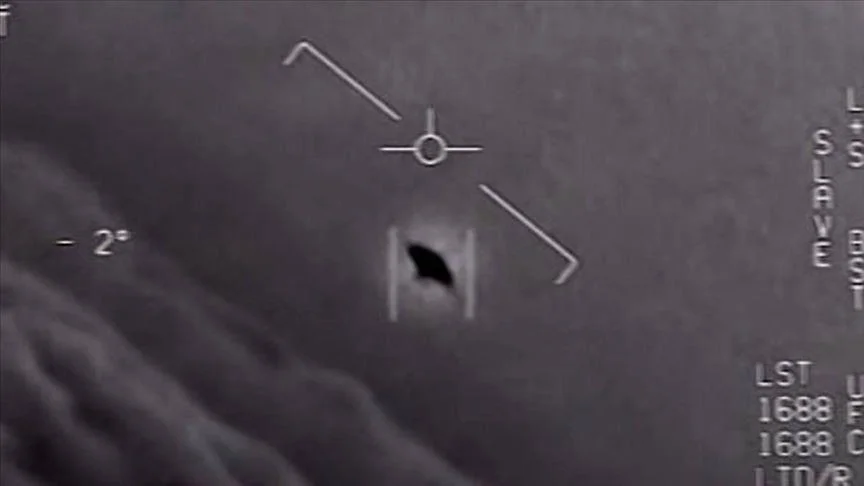Nasa, the renowned space agency, has at last unveiled its highly anticipated report on Unidentified Anomalous Phenomena (UAPs), more colloquially known as UFOs. This extensive report provides a glimpse into Nasa’s findings and insights garnered from its extensive investigation into a multitude of UFO sightings.
While the report refrains from furnishing conclusive proof of extraterrestrial life, it offers substantial insights and elucidates NASA’s meticulous approach to delving into UAPs, harnessing advanced technology and artificial intelligence.
The Quest for Definitive Alien Evidence
The report unequivocally concludes that there is no concrete evidence to suggest that the myriad of UAP sightings investigated by Nasa can be attributed to extraterrestrial sources. Nevertheless, it concedes that the objects under scrutiny would have had to traverse our solar system to reach Earth. This observation leaves the door ajar for the possibility of “potential unknown alien technology operating in Earth’s atmosphere.” This cautious stance underscores the imperative need for continued research and exploration.
Navigating Data Challenges
One of the significant challenges encountered in the study of UAPs, as underscored in the report by Nicola Fox, the associate administrator for Nasa’s Science Mission Directorate, is the scarcity of high-quality data. Despite the profusion of reported UAP sightings, there is often an insufficiency of data available to draw scientifically sound conclusions regarding their nature and origin.
In response to this challenge, Nasa has appointed a new director of UAP research. This individual is tasked with the monumental responsibility of establishing a comprehensive database for future data evaluation. The initiative leverages the potency of artificial intelligence (AI) and machine learning to collect and dissect data.
Addressing Viral ‘Alien’ Speculations
During the report’s presentation, a BBC journalist inquired about a series of photographs presented to Mexican authorities by Jaime Maussan, a self-proclaimed UFO expert. These images purported to depict extraterrestrial remains, with Maussan asserting their ancient and non-human origins.
In response, Nasa scientist Dr. David Spergel underscored the critical importance of making such samples accessible to the global scientific community for rigorous examination.
A Veiled Identity for the UFO Research Director
While Nasa has committed to heightened transparency in its UAP research endeavors, the identity of the recently appointed director of UAP research remains shrouded in secrecy. This deliberate decision stems from concerns surrounding potential public harassment and security threats.
Dr. Daniel Evans, Nasa’s Assistant Deputy Associate Administrator for Research, disclosed that members of the UAP research panel have faced credible threats, prompting Nasa to prioritize the safety of the team by withholding the director’s identity.
AI and Crowdsourcing as Cornerstones of Understanding
Nasa’s report underscores the pivotal role of artificial intelligence and machine learning in the identification and study of UAPs. Moreover, it accentuates the significance of the public as a crucial component in unraveling the mysteries surrounding these phenomena.
Acknowledging the shortage of data as one of the primary challenges in comprehending UAPs, Nasa aims to bridge this gap through crowdsourcing techniques. This initiative encompasses the development of open-source smartphone applications and the collection of smartphone metadata from citizen observers worldwide. The report candidly acknowledges the absence of a standardized system for aggregating and organizing civilian UAP reports, resulting in incomplete and fragmented data.
In conclusion, Nasa’s report underscores the necessity for sustained research into UAPs, recognizing the potential implications of unexplained phenomena within Earth’s atmosphere. While it refrains from offering definitive confirmation of extraterrestrial life, it accentuates the significance of advanced technology, AI, and active public involvement in decoding the enigmatic realm of UAPs. The quest to unravel these mysteries continues, guided by scientific curiosity and the pursuit of knowledge.




